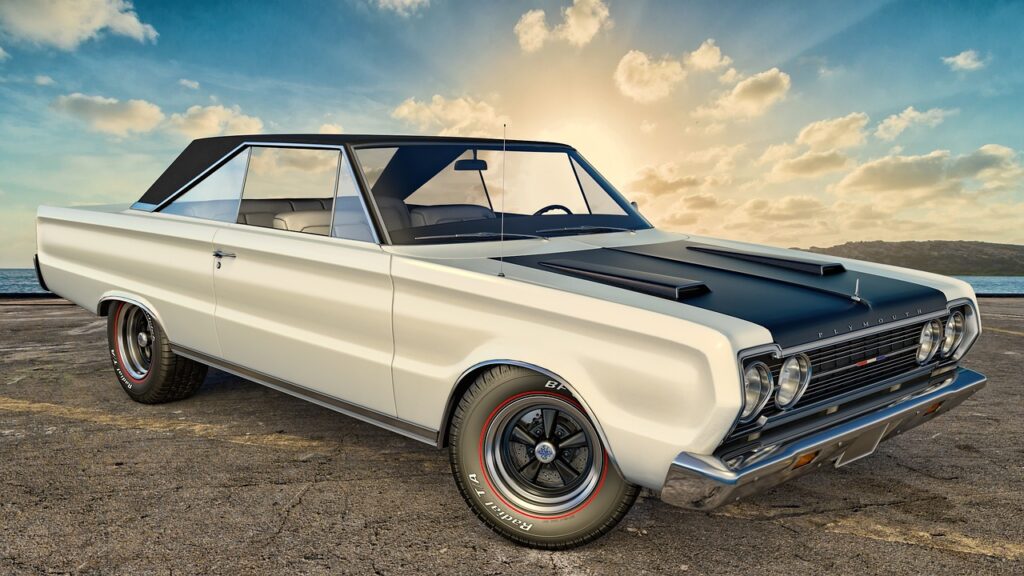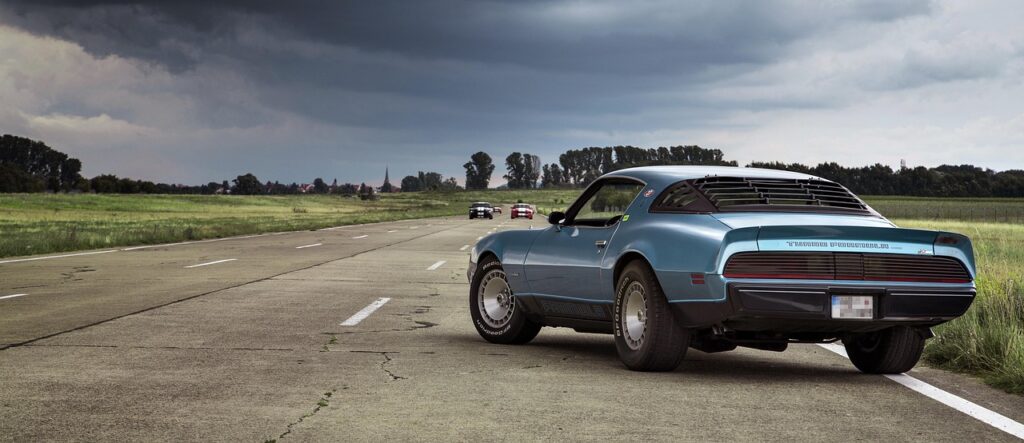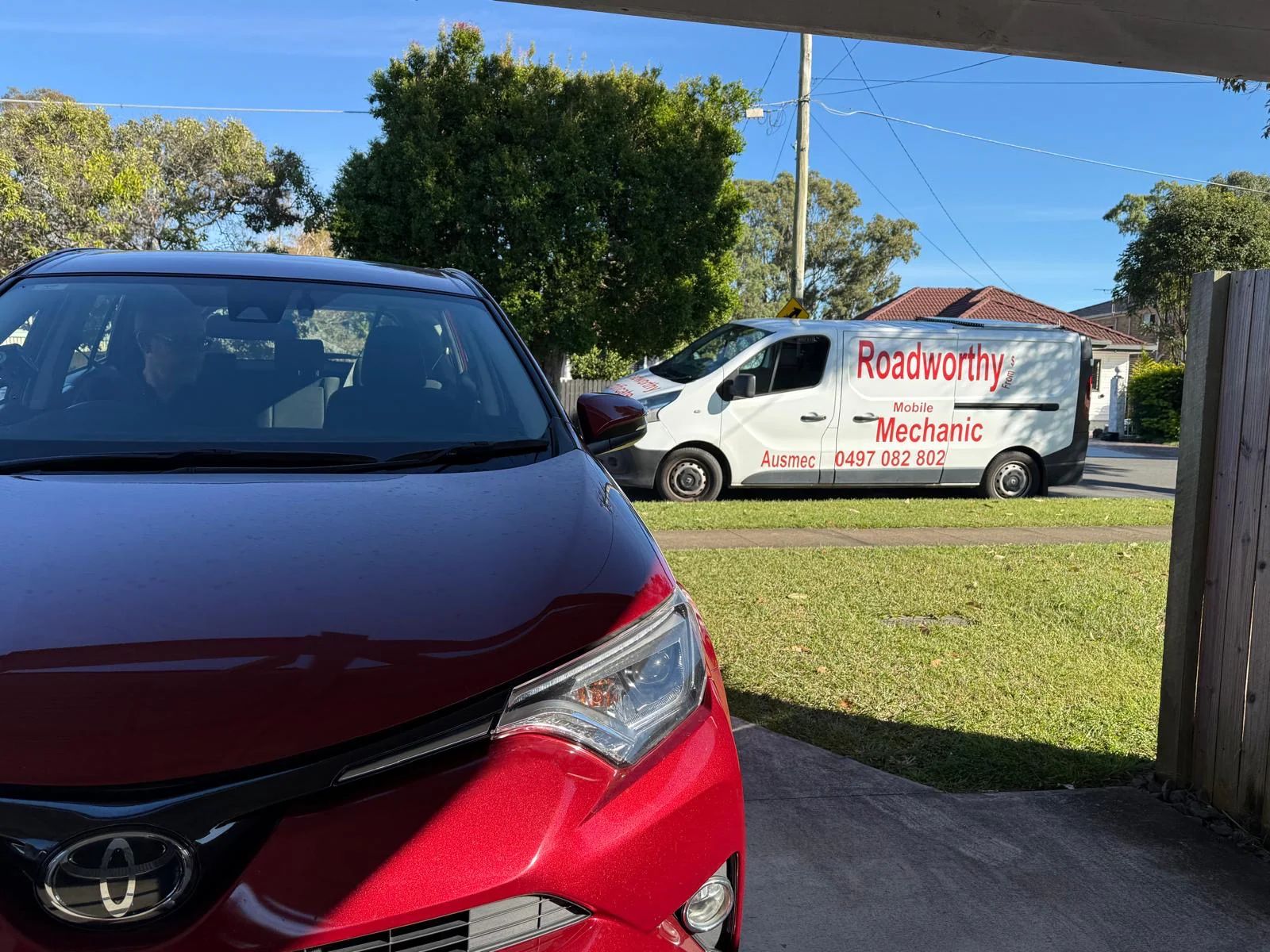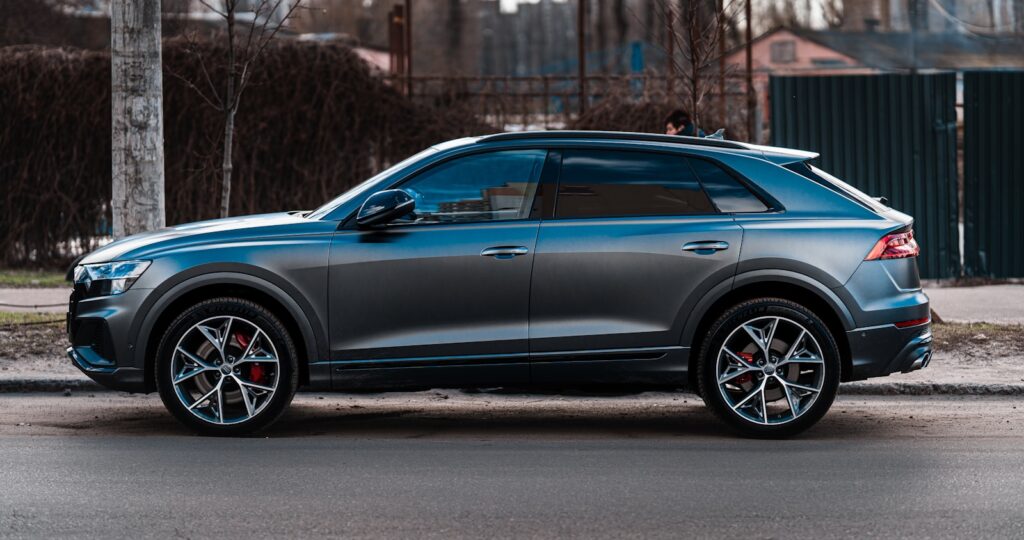For decades, classic American muscle cars have roared through the annals of automotive history, leaving an indelible mark on car culture. These high-powered machines, often defined by their aggressive styling, raw horsepower, and visceral driving experience, continue to captivate enthusiasts and collectors worldwide. Despite the rise of modern supercars and electric performance vehicles, the allure of these American legends remains unparalleled, especially as we navigate the exciting landscape of 2025. What was once considered a volatile market has now settled into a new normal, characterized by stability and renewed enthusiast interest.
After a period of significant fluctuation between 2020 and 2023, the collector car market has found its footing in 2025. Wild price swings have given way to more modest, and ultimately more sustainable, conditions. This shift is particularly welcome news for enthusiasts, as it provides a clearer, less speculative environment for pursuing their passion. While some collectors were offloading their prized possessions in previous years, the current market dynamics are fostering a robust demand, driven by a compelling mix of nostalgia, sound investment opportunities, and a deep appreciation for the engineering and cultural significance of these automotive icons.
This article delves into the core reasons why classic muscle cars are not just holding their ground, but are experiencing a significant resurgence in 2025. We’ll explore the factors fueling this demand, highlight record-breaking sales, and uncover the unique characteristics that make these vehicles globally coveted collector’s items. Join us as we unpack the enduring craze and the expert insights shaping the future of these magnificent machines, focusing on what drives their timeless appeal and why they remain such a powerful draw for enthusiasts across generations and continents.
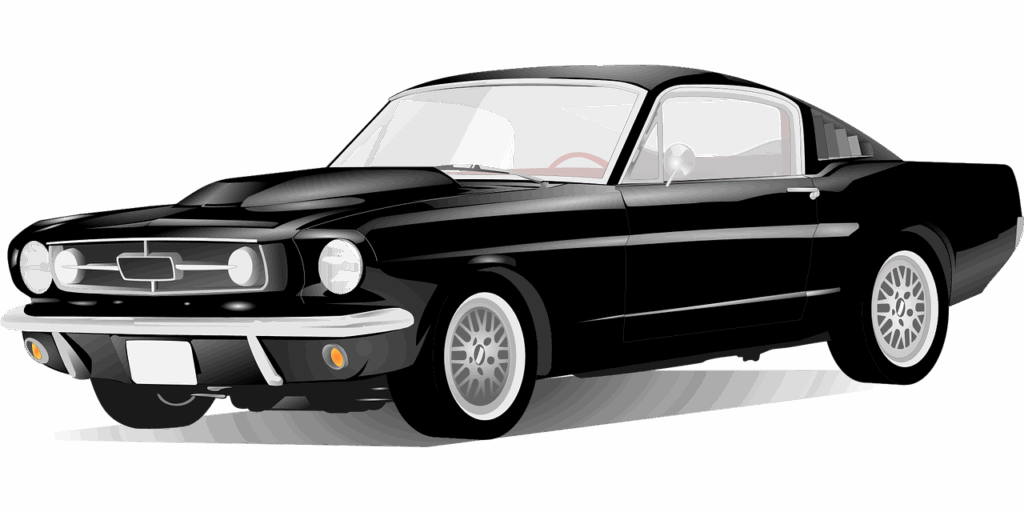
1. **The Golden Era and Timeless Allure of Classic Muscle Cars**There is something profoundly captivating about a well-preserved muscle car from the golden era of the 1960s and 1970s. It isn’t just about the numbers—horsepower, torque, or quarter-mile times—it’s about the emotion these machines evoke. The deep rumble of a big-block V8, the scent of unburnt fuel lingering in the air, and the sheer thrill of launching a rear-wheel-drive beast down an open road are sensations that modern vehicles struggle to replicate, making them truly timeless.
Their appeal is deeply rooted in nostalgia, craftsmanship, and mechanical simplicity. Unlike today’s high-tech vehicles, which rely heavily on electronics and software, Classic Muscle Cars were built for visceral engagement. They embody an era when driving was a raw, unfiltered experience—one where the driver had full control over every aspect of the vehicle’s performance, an unadulterated connection between man and machine.
One of the defining characteristics of Classic Muscle Cars is their bold, aggressive styling. Unlike the aerodynamic efficiency-driven designs of modern cars, muscle cars were built to make a statement. From the iconic split grille of the Pontiac GTO to the fastback silhouette of the Ford Mustang, these cars exude an unmistakable presence on the road. The design philosophy behind these cars was simple: power, dominance, and rebellion.
Wide stances, chrome accents, and bold stripes were all part of an aesthetic that symbolized raw performance and freedom. These visual cues remain deeply ingrained in automotive culture and continue to inspire modern reinterpretations of muscle cars, proving that their design language is as potent today as it was half a century ago. They represent a distinct chapter in American automotive history that continues to resonate globally.
Read more about: The Generational Shift: 12 Boomer Classic Cars Millennials Are Passing On, and the Data Behind Their Disinterest
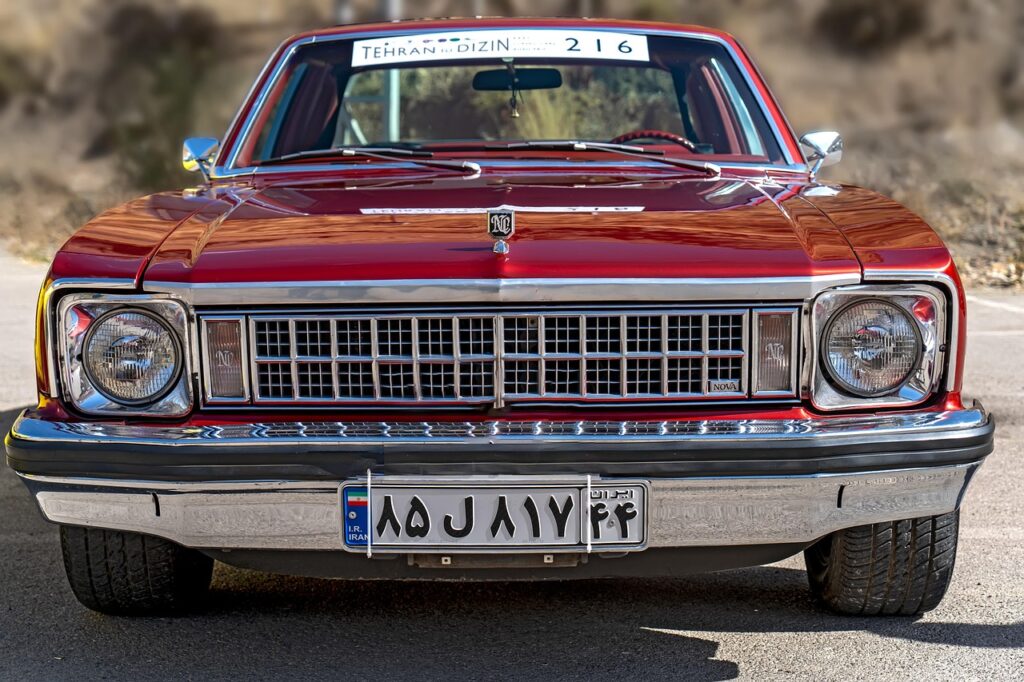
2. **Market Stabilization: A New Normal for Collector Cars in 2025**The collector car market is experiencing a remarkable transformation as we move into 2025, with values settling into a sustainable rhythm. Following a volatile period between 2020 and 2023, the market has replaced wild price swings with more modest, predictable changes. This stability, according to the Hagerty Market Index, sees the market locking into a new, healthy level, positioned approximately where it was at the beginning of 2022.
This newfound predictability is a welcome development for enthusiasts. The average auction sale price is essentially unchanged from a year ago, mirroring the stability in the average asking price from collector car dealers. While the average list price did fall 9% from its 2023 highwater mark, monthly adjustments this year have been significantly smaller compared to 2024, signaling that the cooling market is firmly settling into a stable phase.
Buyers are responding to this stability with increased patience and selectivity, traits that dealers describe as “pickiness.” The reduced urgency, a direct result of more consistent pricing, allows enthusiasts to wait for the right car, in the right condition, and crucially, at the right price. This behavior is evident in the fact that vehicles are spending the longest time on collector car dealer lots in seven years, indicating a thoughtful, rather than impulsive, purchasing process.
Despite buyers taking their time, cars continue to trade hands, demonstrating a healthy and efficient market. Slightly fewer vehicles have been offered at auction globally this year compared to 2024, yet slightly more have sold. This increased sell-through rate illustrates that a slower-moving, more stable market doesn’t deter participants; it fosters an environment where both buyers and sellers are on the same page, leading to more mutually agreeable transactions.
Ultimately, the collector car market is powered by enthusiasts, not speculators, and stability is precisely what enthusiasts prefer. While everyone appreciates selling for a profit, the primary motivation for most collectors remains enjoyment. Steady markets, though they may offer fewer short-term investment opportunities, also carry less risk, preventing potential buyers from retreating to the sidelines. From this perspective, the market in 2025 appears to be in a very healthy and promising position.
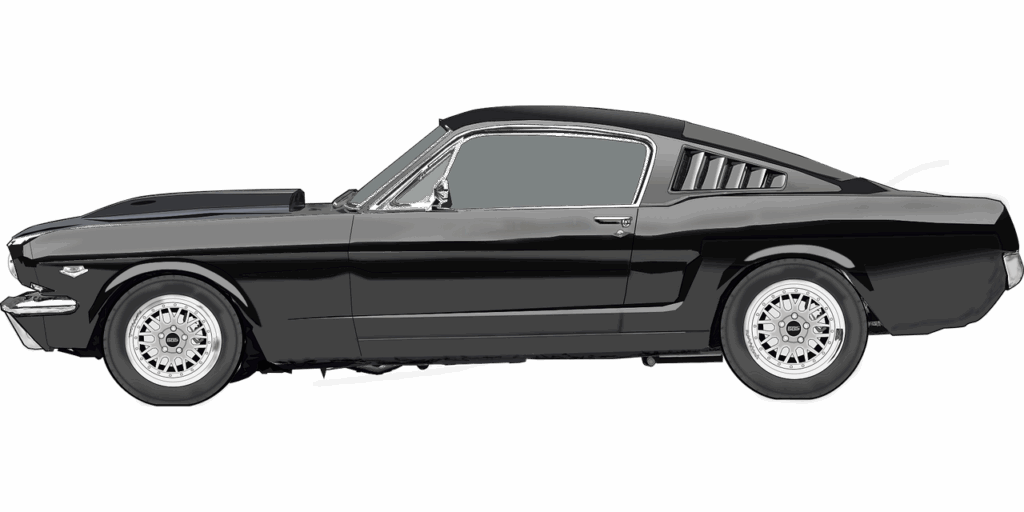
3. **Investment Potential: Outperforming Traditional Assets**Classic muscle cars are no longer just a passion; they are proving to be a highly lucrative investment, consistently outperforming traditional investment vehicles. The allure of these powerful machines has transcended mere hobbyism, evolving into a serious and strategic financial move for many savvy collectors. This trend is particularly evident in 2025, where the appreciation in value has captured the attention of investors worldwide.
Consider the impressive appreciation figures for iconic models. A 1971 Hemi ‘Cuda Convertible, for instance, saw its value soar from $2.5 million in 2020 to $4.2 million in 2025, representing a staggering 68% increase. Even more remarkable is the 1969 Camaro Z/28, which jumped from $75,000 to $250,000 in the same period, a phenomenal 233% appreciation, according to data from the Hagerty Price Guide and SEMA Market Research.
These figures highlight that specific models, especially those with limited production runs, unique specifications, and historical significance, can command astronomical prices. Collectors are increasingly viewing these vehicles not just as artifacts of automotive history but as tangible assets that appreciate significantly over time. This makes them a compelling alternative to more conventional investments, offering both financial return and immense personal satisfaction.
Furthermore, the long-term investment value of classic muscle cars is bolstered by their inherent rarity and the finite nature of truly original examples. Unlike other luxury assets, these cars offer the unique advantage of being both an appreciating asset and a drivable, visceral experience. This combination makes them particularly attractive to those seeking both emotional and financial returns from their acquisitions.
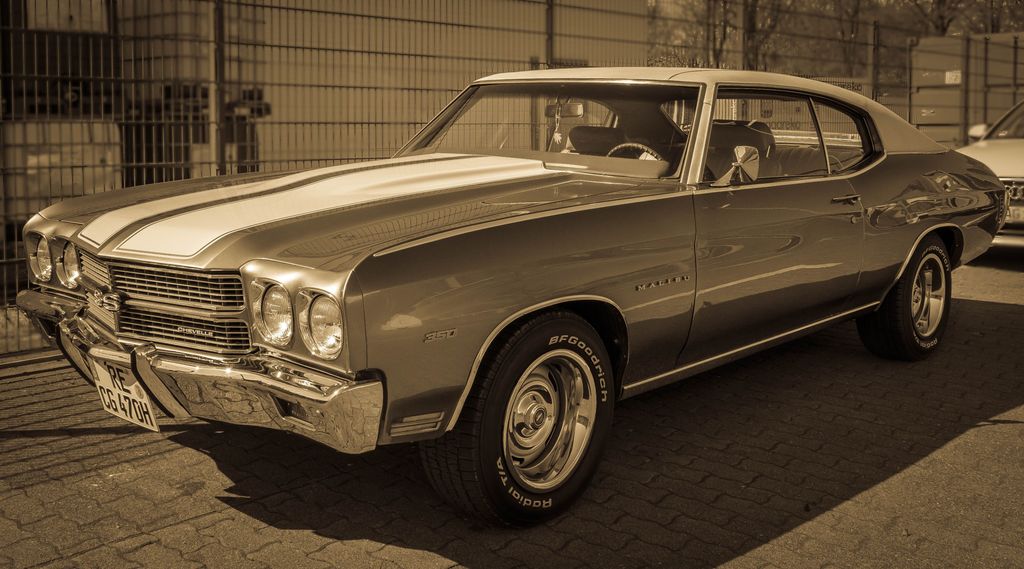
4. **Cultural Nostalgia and Media Influence: Rekindling the Passion**Beyond their raw power and investment potential, classic muscle cars possess an undeniable cultural resonance that fuels their resurgence. They are deeply embedded in the collective memory, especially for millennials and Gen Xers who now dominate collector markets and are seeking cars that connect with their youth. This generational shift brings a renewed appreciation, driven by a powerful wave of nostalgia.
Media influence plays a pivotal role in romanticizing muscle car culture. Films like Fast & Furious and Gone in 60 Seconds have not only showcased these machines in thrilling action sequences but have also imbued them with a sense of adventure, freedom, and raw power. These cinematic portrayals amplify collector interest, drawing in new enthusiasts who are captivated by the mythology surrounding these vehicles.
The aesthetic allure and design philosophy of muscle cars also contribute significantly to their cultural impact. They embody the 1960s–1970s Americana, representing an era of unbridled optimism and engineering prowess. Their bold, aggressive styling, from wide stances to chrome accents, is instantly recognizable and continues to inspire awe and admiration, resonating globally as symbols of a bygone era of automotive passion.
This cultural legacy, reinforced by an active community and numerous events, ensures that the spirit of muscle car culture remains vibrant. From grassroots drag racing events to prominent gatherings like Monterey Car Week and the Mopar Nationals, these cars foster a community of passionate individuals. This shared appreciation for tire smoke and V8 growls keeps the nostalgia alive and strong, continuously drawing in new generations of enthusiasts to the fold.
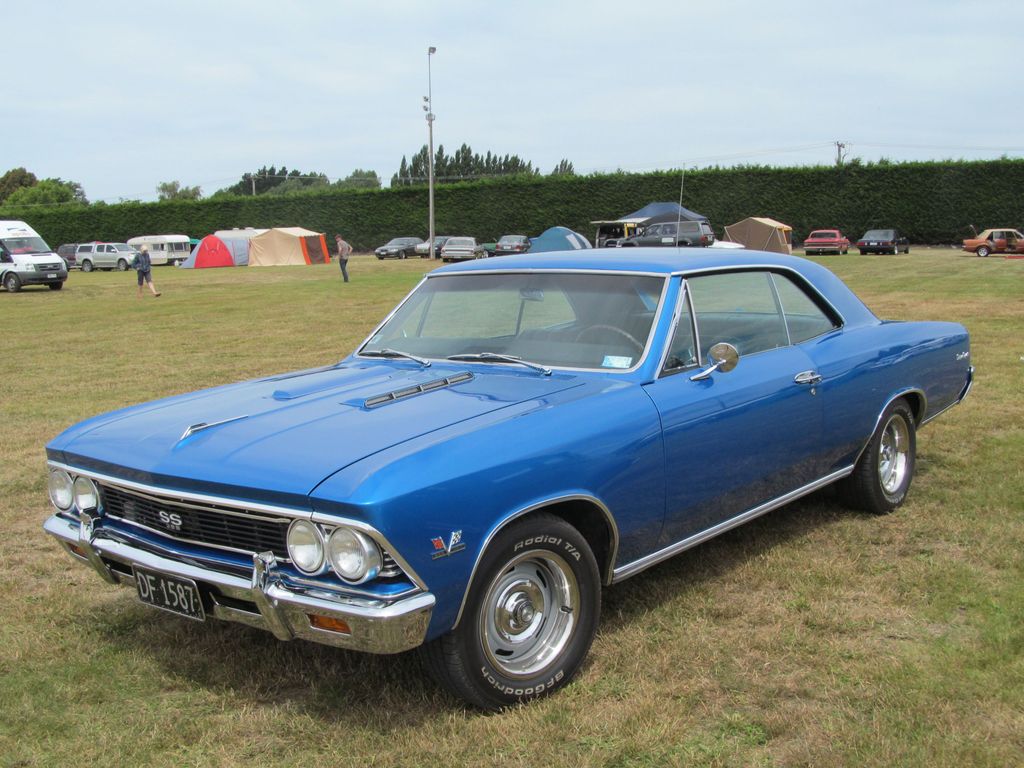
5. **Regulatory Incentives: Fueling Global Market Expansion**One often-overlooked but significant factor fueling the global demand for classic muscle cars is the existence of favorable regulatory incentives in key international markets. These rules effectively reduce the cost and complexity of importing vintage vehicles, making international acquisition more attractive for collectors worldwide. Such policies are crucial in expanding the accessibility and desirability of American muscle cars far beyond their domestic origins.
Germany’s “30-Year Rule” is a prime example, offering substantial financial advantages. For pre-1995 models, collectors benefit from 0% import duty and a significantly reduced 7% VAT, compared to the standard rates. This means a potential saving of over €7,300 on a €30,000 import, making models like the 1969 Chevrolet Camaro Z/28 and 1970 Dodge Charger R/T highly sought after in the German market. This direct financial benefit significantly lowers the barrier to entry for European enthusiasts.
Similarly, the United States offers a “25-Year Exemption,” which allows for the tariff-free import of classics that are 25 years old or older. This policy effectively boosts global trade by making it easier and more affordable for international collectors to bring their prized muscle cars into the U.S., or for U.S. buyers to acquire rare examples from abroad. These exemptions underscore a global recognition of the cultural and historical value of vintage automobiles.
The Netherlands also leverages a similar “30-Year Rule,” allowing the import of pre-1995 muscle cars at a reduced 9% VAT, a considerable saving from the standard 21%. This makes models like the Ford Mustang SVT Cobra and Chevrolet Corvette C3 popular imports. These regulatory frameworks are not merely bureaucratic details; they are powerful economic drivers that open up new markets and significantly contribute to the surging global demand for classic American muscle cars.
6. **Record-Breaking Auction Spotlight: Icons Commanding Top Dollar**The most compelling evidence of the surging muscle car market in 2025 comes directly from the auction blocks, where iconic models are commanding record-breaking, six- and seven-figure prices. These sales aren’t just transactions; they are declarations of the vehicles’ rarity, cultural resonance, and profound investment potential. The spotlight often shines brightest on legendary cars that embody the pinnacle of the golden era, making headlines and setting new benchmarks for value.
The Plymouth Hemi ‘Cuda stands as a veritable million-dollar benchmark in this segment. Recent auctions in 2025 have seen the 1971 Hemi ‘Cuda Convertible fetch between $360,000 to $450,000, with prices varying based on the car’s condition and originality. Furthermore, a 1970 Plymouth Hemi ‘Cuda sold for an impressive $302,500 at Barrett-Jackson Scottsdale in January 2025, solidifying its status as a top-tier collectible. The ultimate example of rarity, the 1968 B029 Hemi Barracuda prototype, a drag racing legend, is projected to auction at an astounding $1.8–$2.2 million at Mecum Indy 2025, truly pushing the boundaries of collector car values.
Another aerodynamic icon, the Dodge Charger Daytona, continues to impress with its values. For the 1970 model, with only 503 built, Hemi-equipped examples now command prices exceeding $400,000. Its cultural impact, amplified by prominent features in films like *Fast & Furious* and *Bullitt*, has significantly boosted collector interest, making it a highly coveted piece of automotive history. These cinematic appearances don’t just entertain; they cement the car’s legendary status in the public consciousness.
The Chevrolet Camaro ZL1 and Ford Mustang Boss 302 also hold their own in this exclusive club. A 1969 Camaro ZL1, one of only 69 produced, sold for a remarkable $1.1 million in 2024 at Barrett-Jackson, underscoring the value of extreme rarity. Meanwhile, the 1970 Mustang Boss 302 has seen its prices surge by 40% since 2020, with restored models now averaging around $150,000. These figures are a clear indication that the market for these particular muscle car legends is not merely stable but vigorously appreciating, fueled by their storied past and unmatched performance legacy.
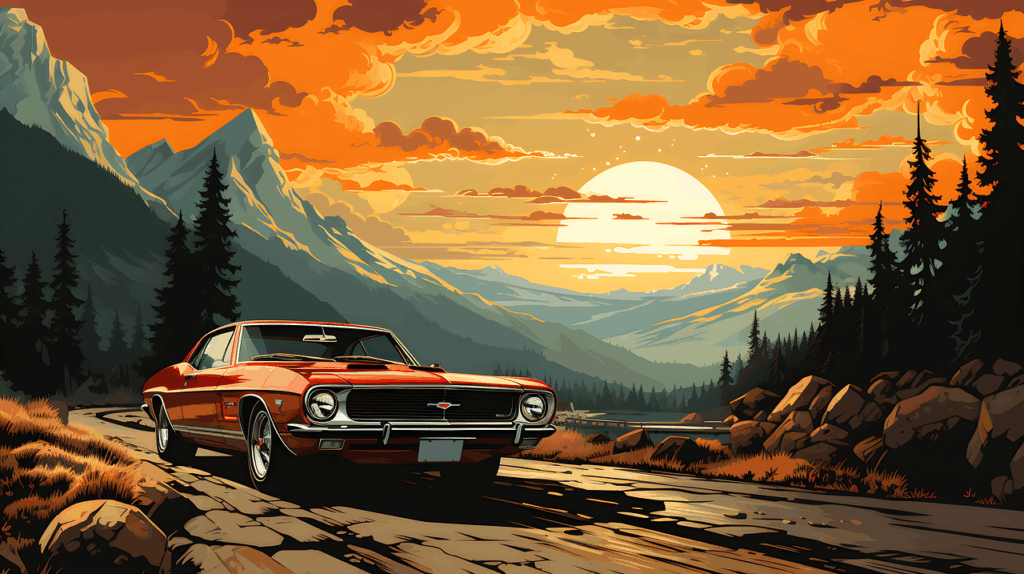
7. **Defining the Elite: Key Characteristics of High-Value Collectible Muscle Cars**Not all classic muscle cars are created equal in the eyes of collectors, and understanding what separates a highly coveted gem from a mere enthusiast’s plaything is crucial in today’s surging market. The collector car world in 2025 is increasingly discerning, with particular emphasis placed on a distinct set of characteristics that elevate a vehicle’s value and desirability. At the forefront of these traits is rarity, which profoundly influences market value, driving up interest and competition for truly limited-production models or vehicles with unique specifications.
Beyond sheer scarcity, the provenance of a muscle car plays an immense role in its market appeal. Cars boasting a well-documented history, perhaps with previous ownership by notable figures or a celebrated participation in prestigious events, are highly sought after. The rich narrative behind a vehicle adds an undeniable emotional depth and enhances its desirability, as collectors are often drawn to cars that not only look remarkable but also carry a compelling story, placing particular emphasis on models with documented championships or unique backgrounds.
The condition of a classic muscle car is, of course, paramount. Vehicles meticulously maintained or restored to their original specifications command a premium, reflecting the dedication and investment poured into their preservation. The collector community places immense value on cars accompanied by complete service records and authentic parts, as these aspects significantly impact the vehicle’s market standing. An unrestored, numbers-matching example with documented originality often fetches higher prices than even a perfectly restored car lacking its original components.
Interestingly, the market is also seeing an emerging trend where the integration of modern technology into classic aesthetics is valued, particularly among newer generations. While purists seek unadulterated vintage performance, some collectors now appreciate classic cars converted to electric or hybrid powertrains. This fusion of old and new appeals to enthusiasts who value convenience and sustainability alongside timeless design, showcasing a diversification in what defines a ‘high-value’ collectible in the evolving automotive landscape.
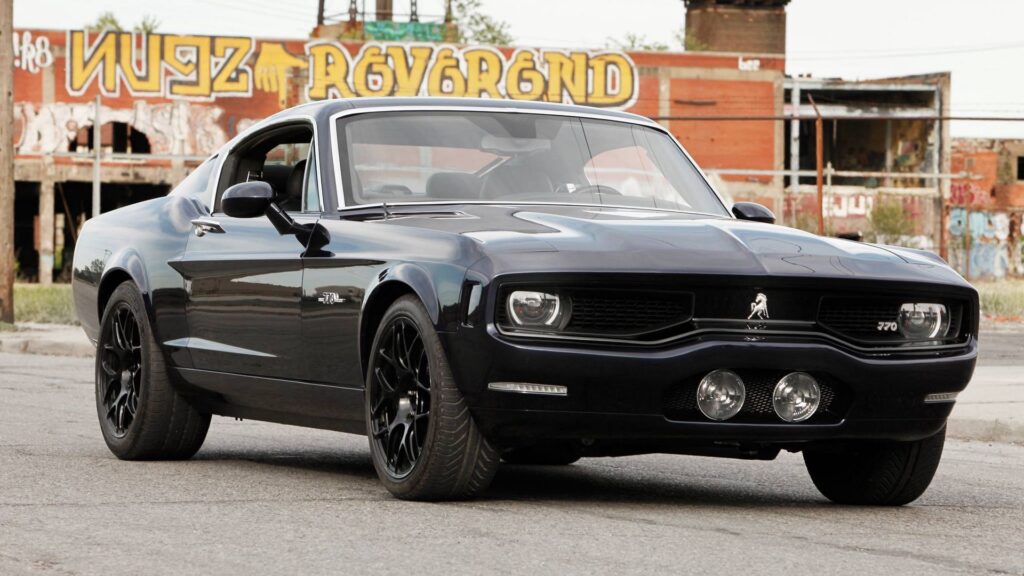
8. **Global Hunt: Exploring the Top International Markets for American Muscle**Classic American muscle cars have undeniably transcended their domestic origins, morphing into globally coveted collector’s items that ignite passion across continents. The surging demand isn’t just a U.S. phenomenon; it’s a worldwide craze, fueled by collectors eager to acquire these powerful machines. Understanding where these iconic vehicles are most sought after and how regulatory landscapes influence accessibility is key for any serious collector looking to expand their horizons.
Germany stands out as a prime example of a robust international market, largely thanks to its favorable “30-Year Rule.” This regulatory incentive significantly reduces the cost and complexity of importing vintage vehicles, making it an attractive proposition for European enthusiasts. For pre-1995 models, collectors benefit from 0% import duty and a substantially reduced 7% VAT, a stark contrast to the standard rates. This translates to potential savings exceeding €7,300 on a €30,000 import, making legendary models like the 1969 Chevrolet Camaro Z/28 and the 1970 Dodge Charger R/T highly desirable in the German market.
Beyond Europe, the Middle East, particularly Dubai and Abu Dhabi, represents another significant hub for high-end muscle car collecting. Collectors in this region often favor rare and exotic models, viewing them as luxury appeals and status symbols. The 1970 Plymouth ‘Cuda, for instance, finds a strong following among these discerning buyers. For shipping to such climates, specialized advice, such as using enclosed containers to protect against extreme desert conditions, becomes crucial, demonstrating the unique considerations for these markets.
The Netherlands, much like Germany, also leverages a similar “30-Year Rule,” allowing the import of pre-1995 muscle cars at a reduced 9% VAT, a considerable saving compared to their standard 21% rate. This makes models like the Ford Mustang SVT Cobra and the Chevrolet Corvette C3 popular imports, further cementing Europe’s role as a major market. Meanwhile, Australia presents a unique demand for right-hand-drive modified U.S. classics, with such conversions often fetching premiums of 20–30%. These diverse global markets, driven by a mix of cultural appreciation and savvy regulatory frameworks, underscore the truly international appeal of American muscle.
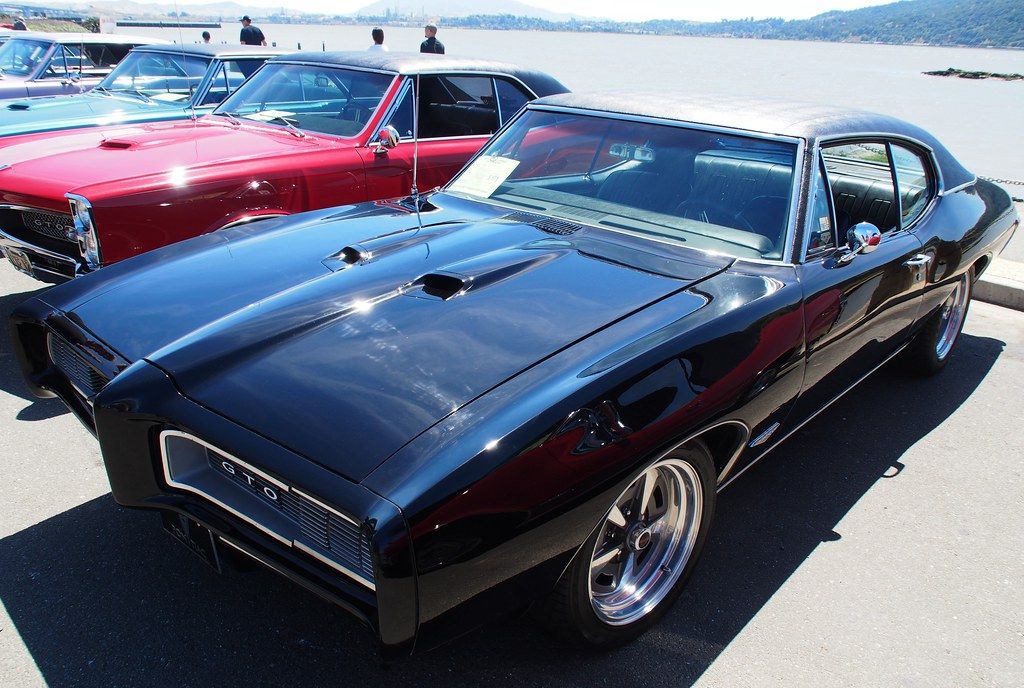
9. **The Art of Acquisition: Sourcing and Securing Your Dream Muscle Car**Embarking on the journey to acquire a classic muscle car is an adventure that requires strategy, patience, and a keen eye for detail. With the market stabilizing and interest surging, collectors have several proven avenues for sourcing their dream machines. The most prominent of these are the renowned auction houses like Mecum, Barrett-Jackson, and RM Sotheby’s, which curate selections of high-value and historically significant vehicles. These events provide a thrilling, competitive environment where iconic models frequently break records, offering a transparent platform for serious buyers.
Beyond the high-stakes world of auctions, private sales offer another valuable pathway, often facilitated through dedicated online forums such as Hemmings or ClassicCars.com, or through established enthusiast networks. These platforms allow for more direct negotiation and often uncover hidden gems that might not hit the auction block. For those seeking modern reliability combined with vintage aesthetics, professionally modified cars—known as ‘restomods’—present an attractive alternative, blending classic design with contemporary performance upgrades.
Once a potential vehicle is identified, the critical steps of compliance and documentation cannot be overstated. Diligent title verification is paramount, ensuring that VINs match and that original engine and transmission components are accurately represented, especially for ‘numbers-matching’ cars that command higher values. This meticulous process helps safeguard against fraudulent sales and verifies the authenticity that collectors so highly prize, making it a non-negotiable part of the acquisition strategy.
Furthermore, navigating emission regulations is a key consideration, particularly for international buyers or those looking to drive their classics regularly. Thankfully, many jurisdictions offer age-based emission exemptions, allowing vintage vehicles to bypass modern environmental standards. Leveraging these rules is crucial for streamlining the import process and reducing the overall cost of ownership, making classic muscle car ownership more feasible and enjoyable for enthusiasts around the globe.
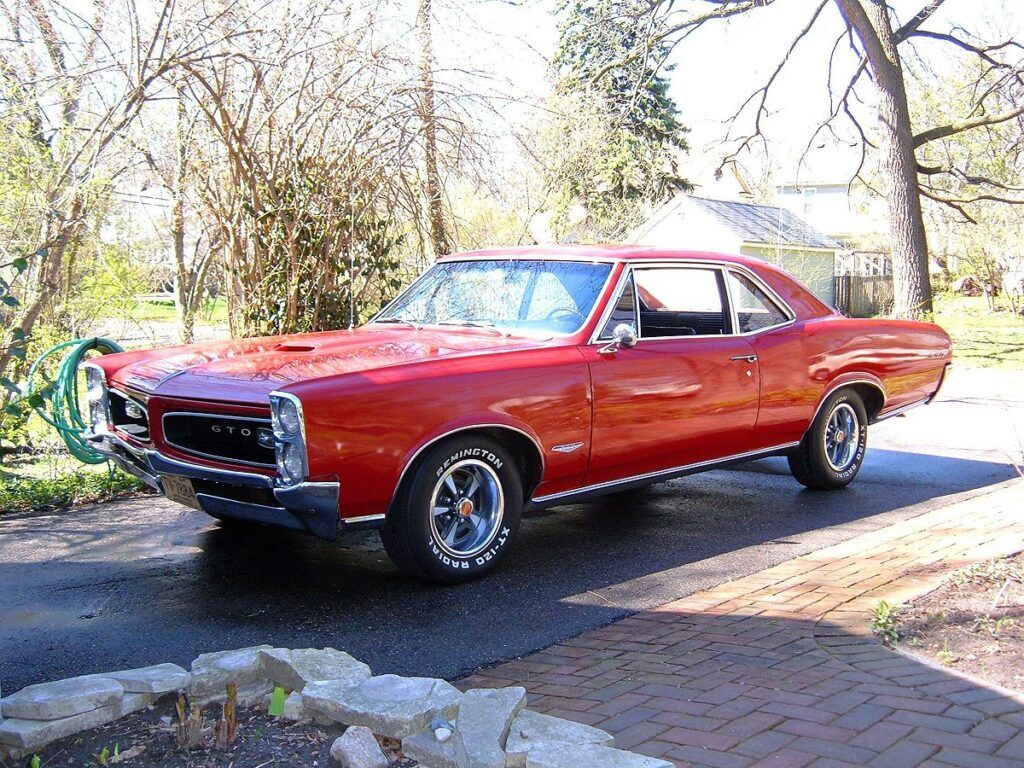
10. **Mastering the Logistics: Secure Shipping Strategies for Overseas Muscle Car Dreams**For collectors whose dream muscle car resides across borders, the exhilaration of acquisition quickly turns to the intricate challenge of secure shipping. Transporting a high-value classic, particularly internationally, demands a specialized approach that prioritizes protection, compliance, and efficiency. This critical phase ensures that your prized automotive artifact arrives safely, ready to join your collection and roar down new roads.
The choice of shipping container is fundamental to safeguarding your investment. Dedicated containers offer the ultimate in protection, providing an exclusive, enclosed space for high-value vehicles like a rare Hemi ‘Cuda. This option minimizes risk by preventing contact with other cargo and offering a controlled environment. Conversely, consolidated shipping, where multiple vehicles share a container, can be a more cost-effective solution for collectors, albeit requiring careful coordination and trust in the shipping provider to ensure proper securement for all vehicles involved.
Navigating the labyrinth of international customs, duties, and taxes is another hurdle that requires expert guidance. Partnering with a reputable customs brokerage firm is not merely a convenience but a necessity. These specialists possess the intricate knowledge of import/export regulations, local laws, and required documentation for various countries, ensuring a smooth and compliant passage for your vehicle. Their expertise can prevent costly delays, unexpected fees, and potential legal complications that might otherwise arise from incorrect paperwork or misinterpretation of regulations.
The tangible benefits of strategic shipping are perhaps best illustrated through a real-world scenario. Consider the case of a 1970 Dodge Charger R/T, a quintessential American muscle car, shipped from Texas to Germany. By diligently utilizing Germany’s “30-year rule,” the collector was able to save an impressive $12,000 on import duties and VAT. This significant saving not only underscores the financial advantages of understanding international regulatory incentives but also highlights how expert logistics, from choosing the right container to engaging a skilled customs broker, transform a complex process into a rewarding experience, truly extending the reach of muscle car collecting across the globe.

11. **The Heartbeat of the Culture: Community and Events Fueling the Passion**Beyond their breathtaking performance and undeniable investment potential, classic muscle cars are at the very core of a vibrant and passionate subculture. They are more than just machines; they are rallying points that foster a powerful sense of community, connecting enthusiasts from all walks of life through a shared adoration for raw power, bold design, and the visceral driving experience. This collective passion is a major force in the ongoing resurgence of the market, ensuring these icons remain relevant and celebrated.
This rich culture is vividly expressed through a diverse array of events that draw international crowds. Premier showcases like Monterey Car Week offer a stunning platform for buying, selling, and admiring these classics, while more specialized gatherings such as the Mopar Nationals in Ohio unite fervent fans of Dodge, Plymouth, and Chrysler muscle. These events are not merely trade shows; they are celebrations where the roar of V8s, the gleam of polished chrome, and spirited conversations about horsepower and heritage create an unforgettable atmosphere, keeping the spirit of muscle car culture vibrantly alive.
Media influence plays an undeniable role in romanticizing and amplifying this culture, drawing in new generations of enthusiasts. Iconic films like *Fast & Furious*, *Gone in 60 Seconds*, and *Bullitt* have not only showcased these machines in thrilling action sequences but have also imbued them with a sense of adventure, freedom, and raw, untamed power. These cinematic portrayals cement the cars’ legendary status in the public consciousness, making them aspirational objects and powerful symbols that resonate globally.
At the grassroots level, local car meets, road rallies, and active online forums like Hemmings or ClassicCars.com, alongside social media groups, further strengthen this community. These platforms allow enthusiasts to connect, share knowledge, celebrate their vehicles, and even influence purchasing decisions. This continuous exchange of stories, technical tips, and mutual admiration for tire smoke and V8 growls ensures that the nostalgia remains potent, continually drawing new generations into the fold and solidifying the cultural legacy of muscle cars for decades to come.
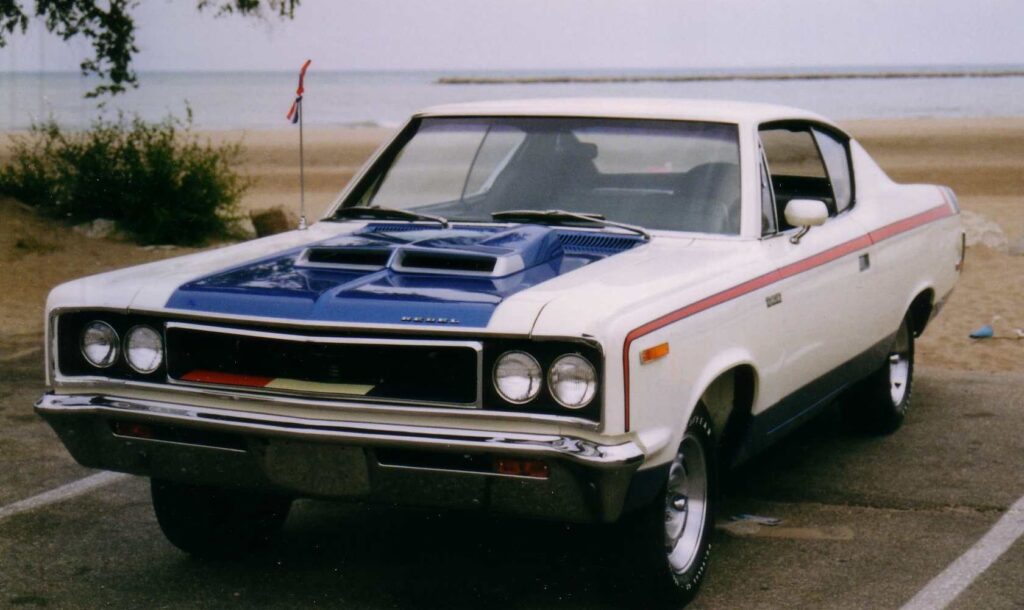
12. **Preserving the Legacy: The Vital Role of Restoration and Heritage Initiatives**As original, well-preserved examples of classic muscle cars become increasingly rare, the emphasis on their preservation has grown exponentially. The efforts to maintain the heritage of these vehicles are not just about keeping them running; they are about safeguarding a significant chapter of American automotive history for future generations. This dedication is fueled by a passionate community that views these machines as living relics, deserving of meticulous care and an unwavering commitment to authenticity.
The restoration scene for classic muscle cars is a thriving testament to this commitment. It’s a labor of love, often requiring years of dedication, profound expertise, and an unwavering pursuit of perfection. From the arduous task of sourcing rare, era-correct parts to the intricate process of rebuilding engines and meticulously restoring bodywork, these projects demand patience and a deep understanding of vintage engineering. The ultimate reward—a beautifully restored, roaring piece of the past—is consistently worth every ounce of effort and investment.
Beyond individual projects, enthusiast groups and specialized organizations play a crucial role in these heritage initiatives. They provide platforms for sharing knowledge, offering technical support, and organizing events that highlight restored vehicles. These collective efforts ensure that the intricate craftsmanship and cultural significance of muscle cars are not merely remembered but actively celebrated. They also contribute to educational initiatives, passing down valuable skills and historical context to new enthusiasts and mechanics.
Ultimately, the ongoing commitment to restoration and preservation is critical to the sustained value and enduring appeal of classic muscle cars. It underscores the unique advantage these cars offer—being both an appreciating asset and a tangible, drivable investment. As long as enthusiasts cherish the unmistakable roar of a big-block V8, the unparalleled craftsmanship of vintage engineering, and the thrill of raw, unfiltered performance, these iconic machines will continue to command respect, admiration, and a place of honor, not just in collections, but in the annals of automotive history.
**The Enduring Roar: A Legacy That Continues to Inspire**
As we’ve explored, the resurgence of classic muscle cars in 2025 is a complex tapestry woven from market stability, savvy investment potential, powerful cultural nostalgia, and strategic global accessibility. These automotive legends are more than just vehicles; they are rolling pieces of art, symbols of an era, and a profound link to a driving experience that modern technology struggles to replicate. From their bold designs and thundering big-block V8s to the vibrant communities that celebrate them and the dedicated efforts to restore their glory, muscle cars continue to captivate and inspire.
The journey of collecting, whether through the thrill of an auction or the quiet pursuit of a private sale, is supported by a robust ecosystem of experts and enthusiasts. The global appetite for these machines shows no signs of waning, driven by a blend of pure passion and sound financial foresight. As manufacturers look to the future, the timeless appeal of these classics will undoubtedly continue to influence and shape the automotive landscape, ensuring their legacy roars on for generations to come. They are a testament to an unbridled era of American engineering, a reminder that some legends are truly built to last.

